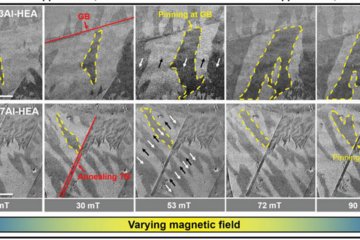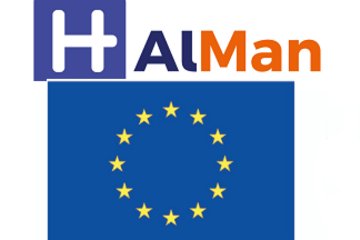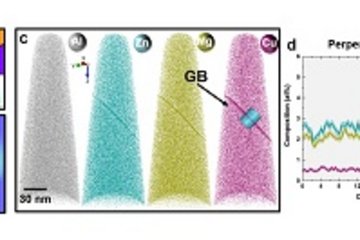All genres
1.
Journal Article
Dislocation mechanisms and mechanical behavior of highly concentrated Al–Mg (6.6 and 9.3 at.%) binary alloys. Intermetallics 187, 108981 (2025)
2.
Journal Article
Quantitative insights into the dislocation source behavior of twin boundaries suggest a new dislocation source mechanism. Journal of Materials Research 36 (10), pp. 2037 - 2046 (2021)
3.
Journal Article
Does the stacking fault energy affect dislocation multiplication? Materials Characterization 161, 110136 (2020)
4.
Journal Article
Composition dependence of hardness and elastic modulus of the cubic and hexagonal NbCo2 Laves phase polytypes studied by nanoindentation. Journal of Materials Research 35 (2), pp. 185 - 195 (2020)
5.
Journal Article
Microstructural origin of the outstanding durability of the high nitrogen bearing steel X30CrMoN15-1. Materials Characterization 159, 110049 (2020)
6.
Journal Article
How close can indents be placed without risking an erroneous pop-in statistics? Materialia 7, 100378 (2019)
7.
Talk
Dislocation source activation by nanoindentation in single crystals and at grain boundaries. E-MRS Spring, Strasbourg, France (2018)
8.
Talk
Differences in dislocation source activation stress in the grain interior and at twin boundaries using nanoindentation. Nanobruecken 2018, Erlangen, Germany (2018)
9.
Poster
Grain Boundaries acting as dislocation sources. Gordon Research Seminar "Thin Film & Small Scale Mechanical Behavior", Lewiston, ME, USA (2018)
10.
Thesis - PhD
Probing dislocation nucleation in grains and at Ʃ3 twin boundaries of Cu alloys by nanoindentation. Dissertation, Ruhr-Universität Bochum (2020)











